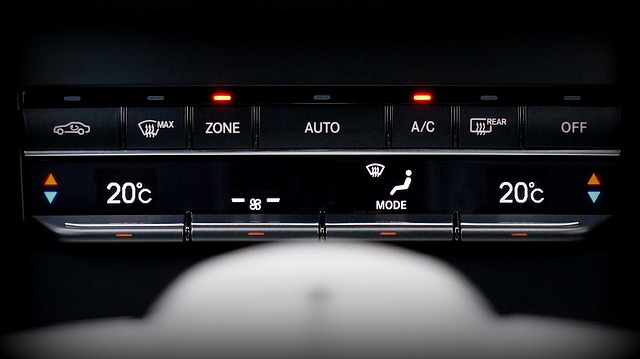Automobile technology has come a long way, and by now it seems engineers have achieved a lot in their pursuit for car technologies. These innovations have really helped in curbing road crashes and reducing the extent of crash effects, not to mention the comfortable hands-free effect which these technologies come with.
Augmented Reality Owner’s Manual
These days, virtual owner’s manuals — instead of the older paper ones — are fairly common. But an augmented reality owner’s manual takes things a step further by allowing you to get more information about a specific part of a car by simply pointing your owner’s manual at it.
Automatic Steering
Automated steering systems can work in two ways. Relatively common lane-keep assist systems can steer you back into your lane if you aren’t paying attention and you start to drift out. Less common semi-autonomous steering systems can actually steer for you — at least for a few seconds.
Self-Parking Systems
Self-parking systems are exactly that: systems that use sensors, cameras and other in-car technology to automatically park your car in parallel (or, sometimes, perpendicular) parking spaces without you having to ever lift a finger — or a toe.
Sourced From: http://www.autotrader.com/best-cars/must-have-automotive-technology-for-2016-247093
 The automobile industry can boast the achievements they have made so far. But the future seems even brighter for this industry, as some technologies which used to be fictional in movies are now becoming real. This potential advance is clearly an indication that new car technologies are yet to come.
The automobile industry can boast the achievements they have made so far. But the future seems even brighter for this industry, as some technologies which used to be fictional in movies are now becoming real. This potential advance is clearly an indication that new car technologies are yet to come.
If self-driving cars do make it to mass production, we might have a little more time on our hands. Americans spend an average of 100 hours sitting in traffic every year [source: Cowen]. Cars that drive themselves would most likely have the option to engage in platooning, where multiple cars drive very close to each and act as one unit. Some people believe platooning would decrease highway accidents because the cars would be communicating and reacting to each other simultaneously, without the on-going distractions that drivers face.
Think of the Terminator, or many other science fiction stories, where a robot looks at a person or an object and automatically brings up information about them and can identify who or what they are. Augmented Reality dashboards, AR for short, will function in a similar way for drivers.
BMW has already implemented a windshield display in some of their vehicles which displays basic information, but they’re also developing augmented reality dashboards that will be able to identify objects in front a vehicle and tell the driver how far they are away from the object. The AR display will overlay information on top of what a driver is seeing in real life.
Sourced From: http://auto.howstuffworks.com/under-the-hood/trends-innovations/5-future-car-technologies3.htm
Many technologies are featuring in many of today’s cars. Many of these technologies are seemingly based on enhancing safety, and with most of them relying on alarm systems. However, these technologies are not as safe as they may seem. As much as these technologies are helping us on safety, they also pose considerable risk.
But as safety technology advances, government and industry officials are concerned that too many warning signals in a car can overwhelm the driver and be as distracting as texting while driving. “We don’t want to increase the distraction potential as we’re trying to solve safety problems,” says Ronald Medford, deputy administrator of the National Highway Traffic Safety Administration.
If too many warning signals are triggered at once, drivers could become confused about how to respond, he says. Or they might ignore the warnings altogether, instead relying on the car to take evasive action.
“Technology is a two-edged sword,” acknowledges Preuss. “It could be the thing that kills you, or the thing that absolutely saves you.”
Safety innovations like air bags, antilock brakes and electronic stability control have undoubtedly saved lives. But now, as the industry moves to standardize other electronic safety technologies, researchers want to know: How much is too much?
Sourced From: http://www.forbes.com/2010/05/25/ford-general-motors-technology-security-cars.html